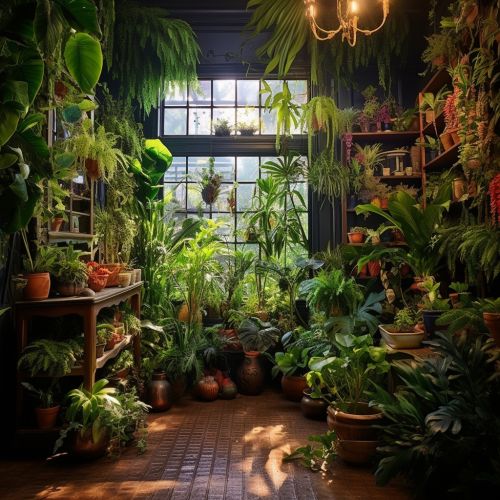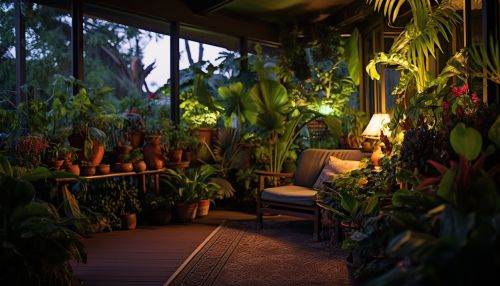The Biological Mechanisms of Plant Adaptation to Low Light
Introduction
Plants have evolved a myriad of adaptations to cope with different environmental conditions. One such condition is low light, which can be a significant challenge for plants as they rely on light for photosynthesis. This article will delve into the biological mechanisms that enable plants to adapt to low light conditions.
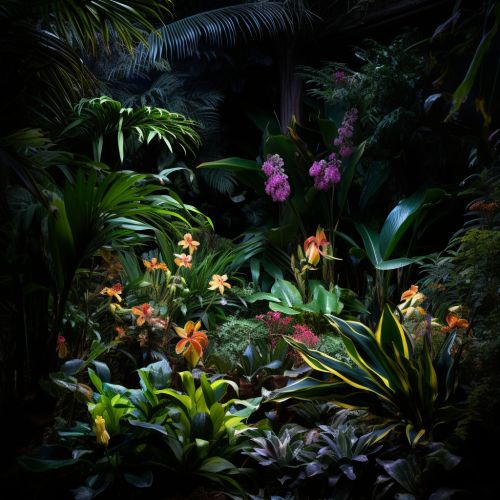
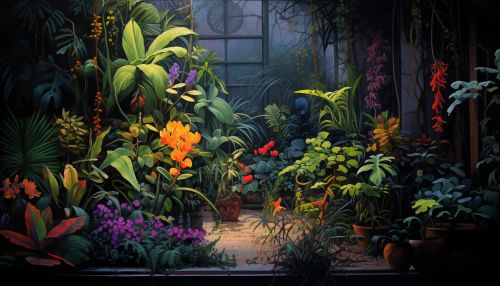
Light and Photosynthesis
Light is a crucial factor for plant growth and development, primarily because it drives photosynthesis, the process by which plants convert light energy into chemical energy. In low light conditions, the rate of photosynthesis can be significantly reduced, leading to slower growth and development. However, many plants have evolved mechanisms to optimize photosynthesis under low light conditions.
Mechanisms of Adaptation to Low Light
There are several biological mechanisms that plants use to adapt to low light conditions. These include morphological, physiological, and biochemical adaptations.
Morphological Adaptations
Morphological adaptations refer to changes in the physical structure of the plant. In response to low light, plants may exhibit increased leaf area, thinner leaves, and a higher ratio of chloroplasts to cell volume. These adaptations increase the surface area available for light absorption and reduce the distance that light must travel to reach the chloroplasts.
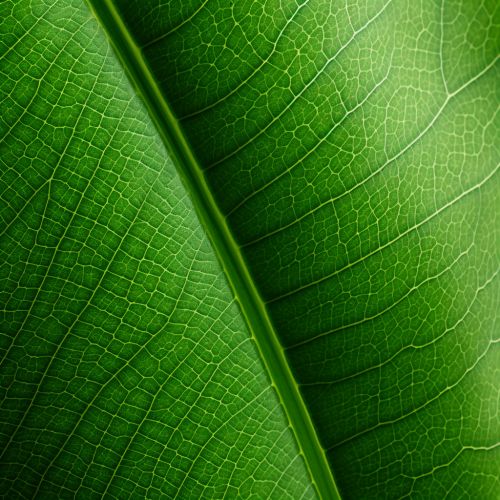
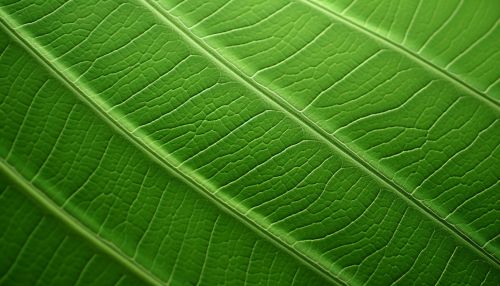
Physiological Adaptations
Physiological adaptations involve changes in the plant's metabolic processes. For instance, plants can adjust the efficiency of their photosynthetic machinery to better utilize available light. They may also shift their metabolic pathways to favor processes that require less light energy.
Biochemical Adaptations
Biochemical adaptations refer to changes at the molecular level. For example, plants can alter the composition of their photosynthetic pigments to absorb a wider range of light wavelengths. They may also produce more of certain enzymes that are involved in the light-independent reactions of photosynthesis.
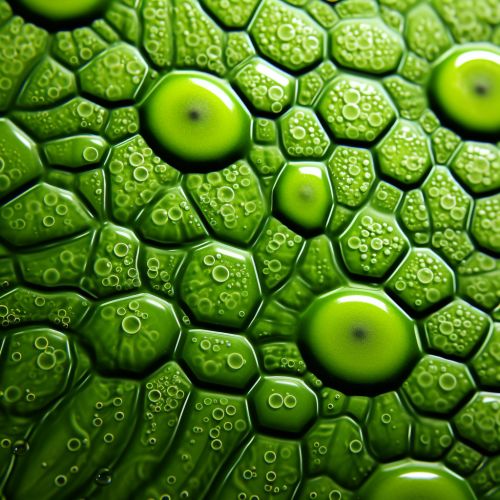
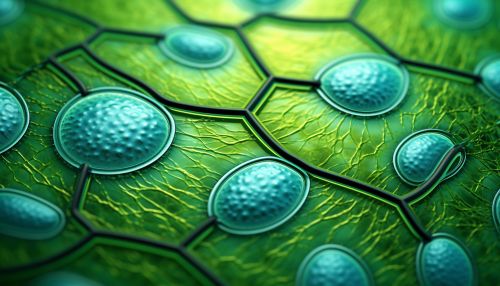
Examples of Low Light Adapted Plants
Certain plant species are particularly well-adapted to low light conditions. These include understory plants in forests, such as ferns and mosses, as well as many houseplants, like the snake plant and the peace lily.
Conclusion
Understanding the biological mechanisms of plant adaptation to low light can provide insights into plant ecology and evolution, as well as practical applications in agriculture and horticulture. As we continue to study these mechanisms, we may discover new ways to improve crop productivity in low light conditions or to cultivate plants in indoor environments.
